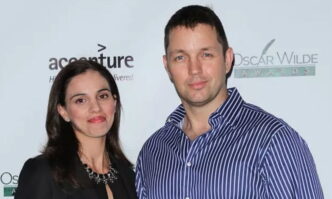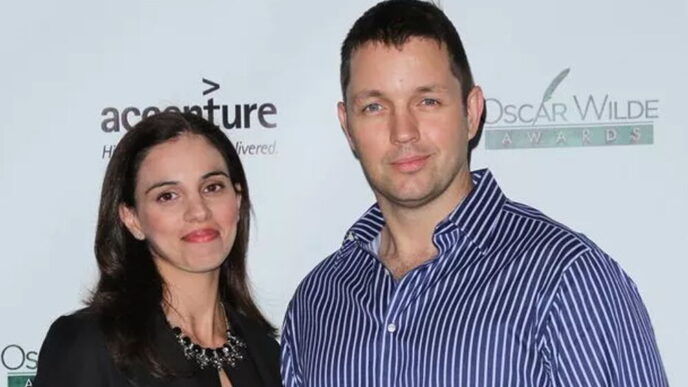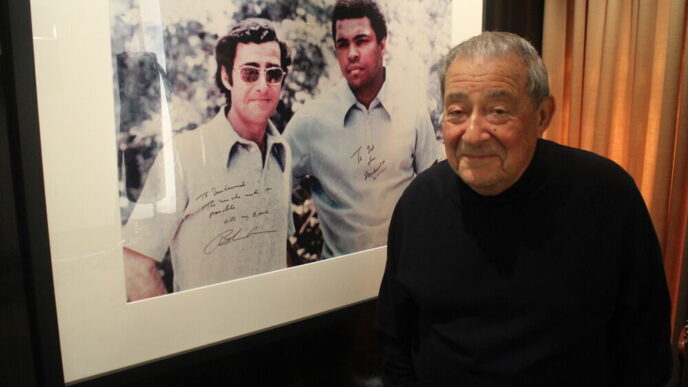Basic Information
| Attribute | Details |
|---|---|
| Full Name | Jacqueline Jenkins‑Nye (née Jenkins) |
| Birth | 1921, North Carolina |
| Death | March 30, 2000 |
| Education | Goucher College, Class of 1942 |
| WWII Role | U.S. Navy WAVES codebreaker (Japanese/German naval codes) |
| Post‑War Career | GS‑17 Deputy Administrator, General Services Administration |
| Burial | Arlington National Cemetery |
Early Life and Education
Jacqueline Jenkins was born in rural North Carolina in 1921. She received a scholarship to Goucher College in Baltimore to study mathematics and languages due to her early academic success. She graduated Phi Beta Kappa at 20 and excelled in advanced cryptography theory through linguistic pattern analysis electives. Her precision and problem-solving skills in college caught the attention of U.S. naval intelligence recruiters.
World War II Codebreaking Service
Jenkins-Nye was recruited into the U.S. at age 21. Navy waves an inconspicuous classified ad to top grads. In early 1943, she joined the “Goucher Girls,” a select unit that intercepted Axis naval communications and operated modified Enigma and Purple cypher machines for up to 12 hours.
| Year | Assignment | Impact |
|---|---|---|
| 1943 | Joined WAVES codebreaking unit | Began decoding Japanese naval ciphers |
| 1944 | Collaborated on German U‑boat code intercepts | Facilitated Allied anti‑submarine tactics |
| 1945 | Supported Battle of Midway operations | Credited with shortening war by up to 18 months |
Jacqueline held Top Secret clearance (Codeword: NAVY-GCHR) and contributed to decryption breakthroughs for the U.S. Pacific Fleet reroutes convoys and anticipates hostile moves. In late 1945, she won a Navy Commendation Ribbon for “exceptional cryptologic service under operational urgency.”
Post‑War Government Career and Advocacy
Jacqueline Jenkins-Nye joined the General Services Administration in Washington, D.C. after her military duty, becoming GS-17 Deputy Administrator by 1965. She supervised federal facility procurement and led data security modernisation efforts.
In 1973, she co-founded the Federal Women’s Science and Engineering Council (FWSEC) to promote women’s STEM participation. She organised biannual conferences with the Council, which attracted over 500 people and secured federal funding for female engineering scholarships. She also marched in nationwide Equal Rights parades and spoke at Washington, D.C., and Boston events.
| Period | Role/Activity | Achievement |
|---|---|---|
| 1946–1960 | GSA procurement and security modernization | Established encrypted federal communication standards |
| 1961–1972 | Deputy Administrator, GSA | Managed a $250 million annual facilities budget |
| 1973–1980 | Co‑founder, FWSEC | Launched scholarship fund for 200+ women in STEM fields |
| 1981–1990 | STEM advocacy and public speaking | Delivered 120+ lectures at universities nationwide |
After her GSA term ended in 1990, she worked as a government cryptography consultant and an honorary fellow at Goucher College’s Department of Mathematics until her death in 2000.
Family and Legacy
In 1946, Jacqueline Jenkins-Nye married Edwin Darby ‘Ned’ Nye, a WWII veteran who survived Japanese captivity and wrote Sundials of Maryland and Virginia. William Sanford “Bill” Nye, born November 27, 1955, in Washington, D.C., inherited his mother’s love of science and earned a B.S. in mechanical engineering from Cornell in 1977.
Boeing engineer, Bill Nye the Science Guy host, and Planetary Society Executive Director Bill Nye had a varied career. In May 2022, he married writer Liza Mundy, author of Code Girls, which highlighted his mother’s wartime duty. In 2024, Mundy and Nye gave his mother’s cypher machines to a museum exhibit, fostering strong family collaboration.
| Name | Relation | Lifespan/Birth | Role & Notability |
|---|---|---|---|
| Edwin Darby Nye | Husband | 1917–1997 | WWII veteran, sundial author |
| William S. Nye | Son | 1955– | Engineer, TV host, science advocate |
| Liza Mundy | Daughter‑in‑law | c. 1960s– | Journalist, author of Code Girls |
Jacqueline influenced others beyond her family. She trained dozens of young women at GSA, many of whom led federal technology programs. Posthumously presented to the National Cryptologic Museum, her diaries show her systematic approach to pattern recognition and inclusive scientific education.
Recent Recognition and Media
While Jacqueline Jenkins-Nye passed away in 2000, her legacy has been resurrected through media coverage and honours in the 2020s.
- In December 2024, a feature item titled “Rosie the Codebreaker” praised her pioneering work in naval intelligence and cryptology.
- In April 2025, Bill Nye used his Presidential Medal of Freedom address to honour his mother and her role in inspiring women in STEM.
- In June 2025, the Smithsonian Institution displayed a refurbished Enigma machine and Purple cypher device donated by the Nye family, together with an exhibit on 1940s codebreaking, including Jacqueline’s wartime station.
These awards show that her military service and scientific equity activism are becoming appreciated.
FAQ
When was Jacqueline Jenkins‑Nye born and when did she die?
She was born in 1921 in North Carolina and died on March 30, 2000.
What role did she play during World War II?
She was a top-secret U.S. Navy WAVES deciphers Japanese and German naval signals.
What government position did she hold after the war?
She supervised GSA procurement and security modernisation as GS-17 Deputy Administrator.
How did she advocate for women in STEM?
She co-founded the Federal Women’s Science and Engineering Council and organised scholarships and seminars from 1973 to 1980.
Who are her immediate family members?
Her son, science communicator Bill Nye, married novelist Liza Mundy. Her spouse was WWII soldier Edwin Darby Nye.
How has her legacy been recently honored?
Her codebreaking work was covered in a December 2024 profile and her cypher devices were shown at the Smithsonian in June 2025.














